Displayed in a large outdoor space, the US military brought to the Vietnam International Defense Exhibition 2024 5 types of weapons with many notable features.
FMTV Medium Tactical Transport Vehicle
The Medium Tactical Vehicle (FMTV) family is a diverse military vehicle system, developed on a common chassis platform to meet the various requirements of the US Army. The FMTV is derived from the Austrian Steyr 12M18 truck but has been significantly customized to suit US Army standards and mission requirements. The original FMTV series consisted of 17 variants, divided into two main types: the 2.5-ton payload (LMTV) family and the 5-ton payload (MTV) family.
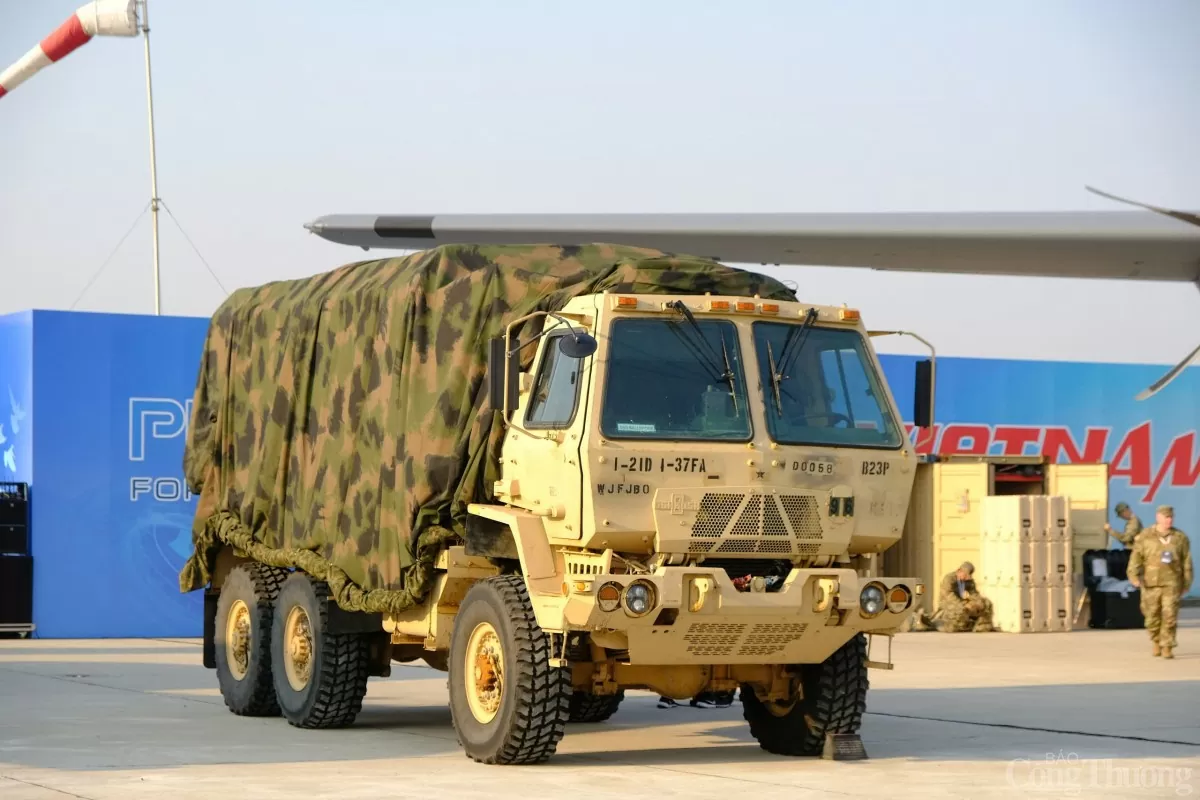 |
| The Medium Tactical Vehicle (FMTV) family is a diverse military vehicle system, developed on a common chassis platform to meet the various requirements of the US Army. Photo: The Duy |
Since its deployment in 1996, the FMTV has undergone numerous improvements to improve its performance and versatility. Initially produced by Stewart & Stevenson, the vehicle has been manufactured by Armor Holdings, BAE Systems, and finally Oshkosh Corporation since 2011. A notable feature of the FMTV is its cabin-over-engine (COE) design, which reduces overall length, making it easier to transport by aircraft such as the C-130 Hercules or helicopters.
FMTV variants use corrosion-resistant chassis and high-grade steel materials from Sweden, ensuring durability and resistance in harsh environments. The vehicle is equipped with a high-performance Caterpillar diesel engine, with versions that comply with EPA emission standards from 1998 to 2007. The engine produces between 225 and 330 horsepower, depending on the variant. Full-time four-wheel drive and an Allison seven-speed transmission are important factors that enhance the FMTV's performance in different off-road conditions.
FMTV also stands out for its high level of customization, typically with accompanying trailers such as the M1082 (single axle) for LMTV and the M1095 (twin axle) for MTV. These trailers have a load capacity compatible with the towing vehicle, using many common components to increase operational and maintenance efficiency. Thanks to superior design and continuous improvement, FMTV has become an indispensable part of the US Army's tactical transport system, flexibly meeting strategic and tactical requirements.
A-10 Thunderbolt II attack aircraft
The A-10 Thunderbolt II, introduced in 1972, is a prominent symbol in the US Air Force with the mission of providing close air support to ground forces. Developed by Fairchild Republic to replace the A-1 Skyraider, the A-10 officially had its first flight in 1975 and entered service with the US Air Force in 1977. The nickname "Thunderbolt II" was inspired by the P-47 Thunderbolt of World War II, while the familiar nickname "Warthog" reflects the attachment of the servicemen to this type of aircraft.
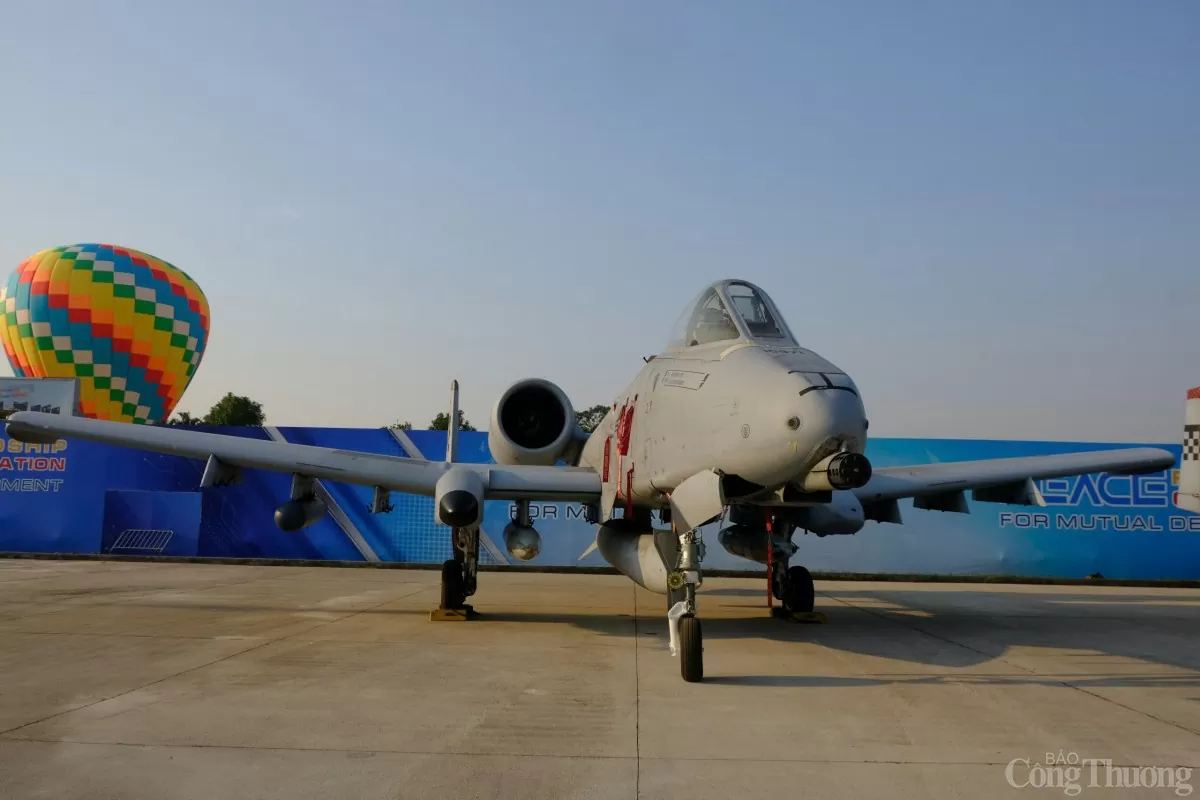 |
| A-10 Thunderbolt II attack aircraft. Photo: The Duy |
The A-10 is specifically designed to deal with targets such as tanks, armored vehicles and enemy ground forces. Its highlight is the GAU-8 Avenger automatic gun with 7 rotating barrels of 30 mm, firing rate of 3,900 rounds per minute, capable of causing serious damage to main battle tanks such as the M47 Patton. The gun is supported by an ammunition system and ammunition storage, with a total weight of more than 1,800 kg. The ammunition ratio for anti-tank missions is 5:1, including PGU-14/B depleted uranium armor-piercing shells and PGU-13/B high-explosive shells.
In addition to the main gun, the A-10 has 11 hardpoints under the wings and fuselage, carrying a maximum of 7.3 tons of weapons, including bombs, rockets, guided missiles, and AIM-9 Sidewinder self-defense missiles. The upgraded version A-10C is equipped with modern target designation systems such as Litening and Sniper, helping to increase combat effectiveness.
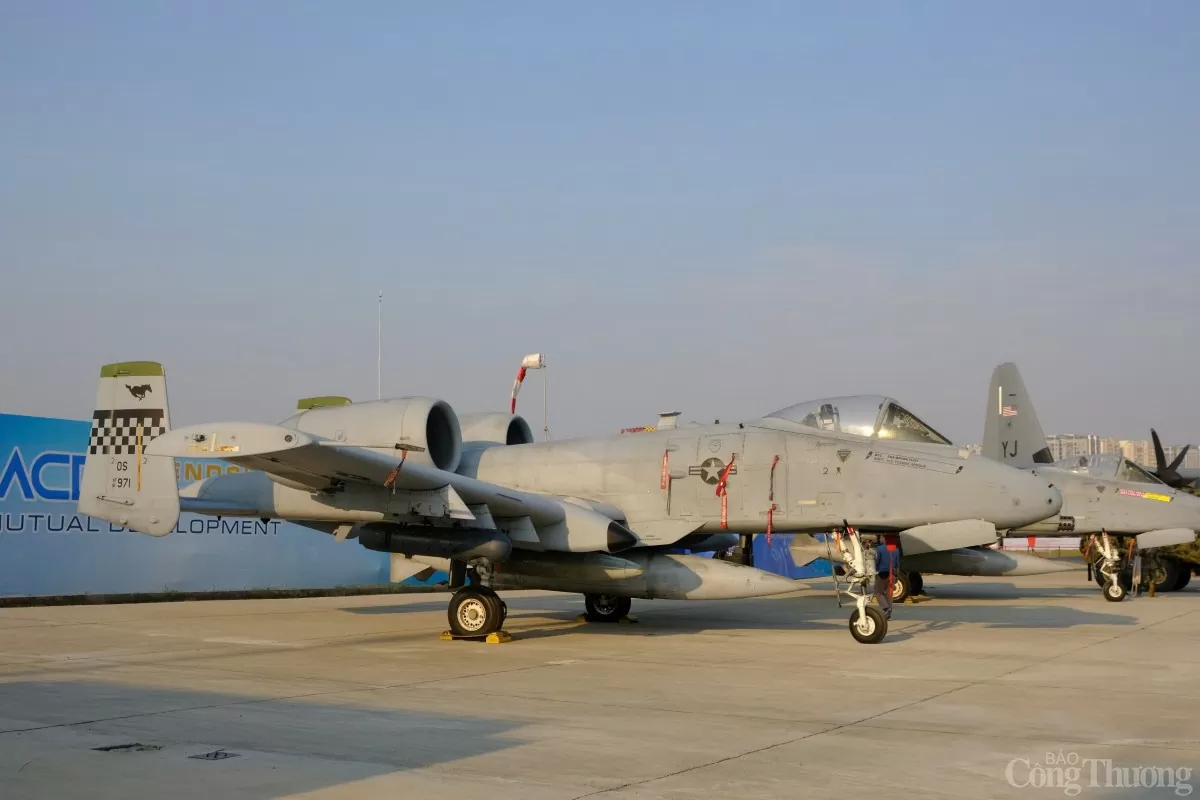 |
| The A-10 is specifically designed to deal with targets such as tanks, armor and enemy ground forces. Photo: The Duy |
The A-10's durability and survivability are its strong points. Its titanium-clad fuselage protects the pilot from 23mm shells, while its engines are specially positioned to reduce the risk of damage from shrapnel and heat signatures. During the 1991 Gulf War, many A-10s returned to base safely despite being severely damaged.
However, the A-10 also has disadvantages such as slow speed, poor maneuverability, and lack of advanced jamming systems. In missions that do not yet have control of the sky, they are easy targets for anti-aircraft missiles and enemy fighters. Some accidental shootdowns, such as in Iraq in 2003, have caused serious losses, but later improvements have partly overcome this.
Despite many challenges, the A-10 still holds a special position thanks to its ability to operate effectively at a low cost, only $19,000 per flight hour, compared to $44,000 for the F-35, demonstrating an irreplaceable role in ground operations.
C-130J Super Hercules transport aircraft
The C-130J Super Hercules transport aircraft, which just landed at Gia Lam airport to attend the Vietnam International Defense Exhibition 2024, belongs to the 374th Transport Wing based at Yokota base, Japan. This is the sole transport unit of the US Pacific Air Forces, responsible for all cargo transportation operations of the Pentagon in the Asia-Pacific region.
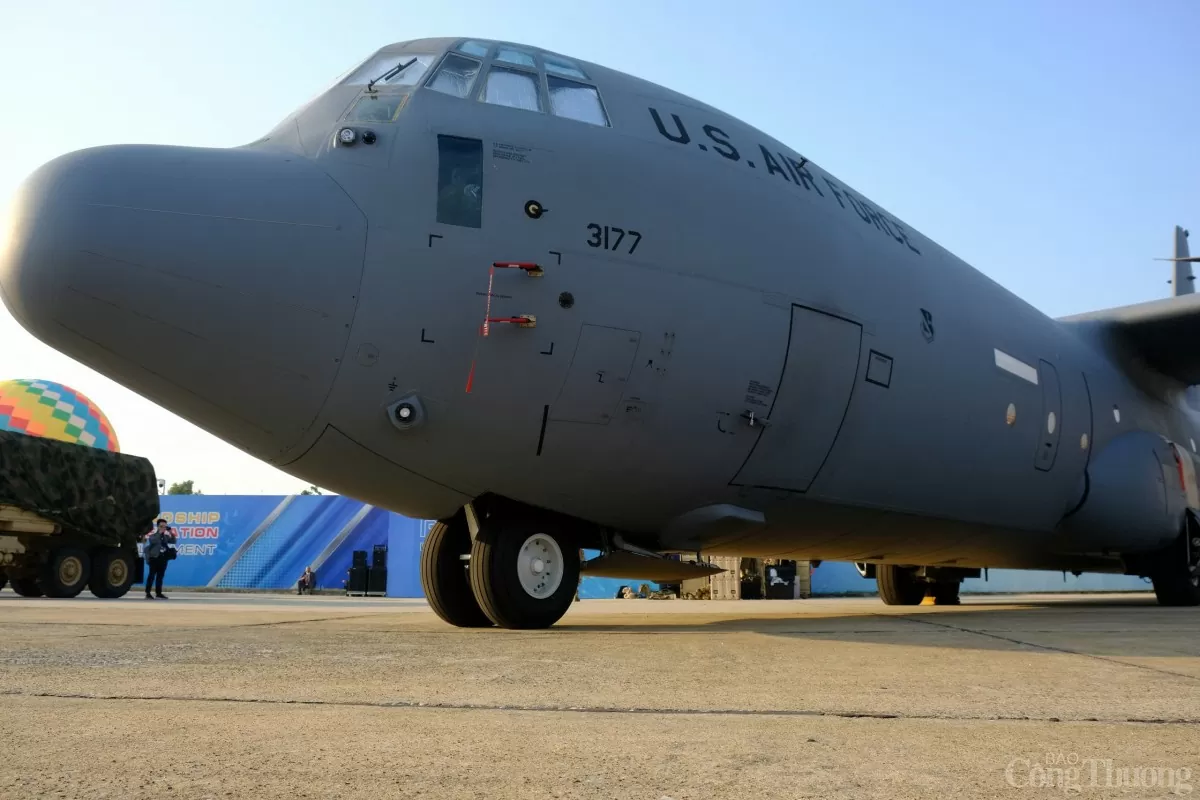 |
| C-130J Super Hercules transport aircraft. Photo: The Duy |
The C-130 Hercules, developed by Lockheed based on the Fairchild C-123 Provider, has been in service with the US Air Force since 1956 and is considered a symbol of military transport. It is also the military aircraft with the longest continuous production period, lasting more than 70 years. With its superior design, the C-130 is considered the backbone of US military operations thanks to its ability to operate on field runways without the need for complex support infrastructure. Using four turboprop engines, the aircraft ensures high transport efficiency and outstanding flexibility.
The C-130 has a crew of five, a range of 3,800 km, a maximum speed of 590 km/h and a ceiling of 10,000 m when empty. The aircraft can carry 19 tons of cargo, 92 soldiers, 64 paratroopers or military equipment such as Humvee armored vehicles, M113 or 155 mm CAESAR self-propelled guns. These features make the C-130 an ideal choice for logistics and military support operations.
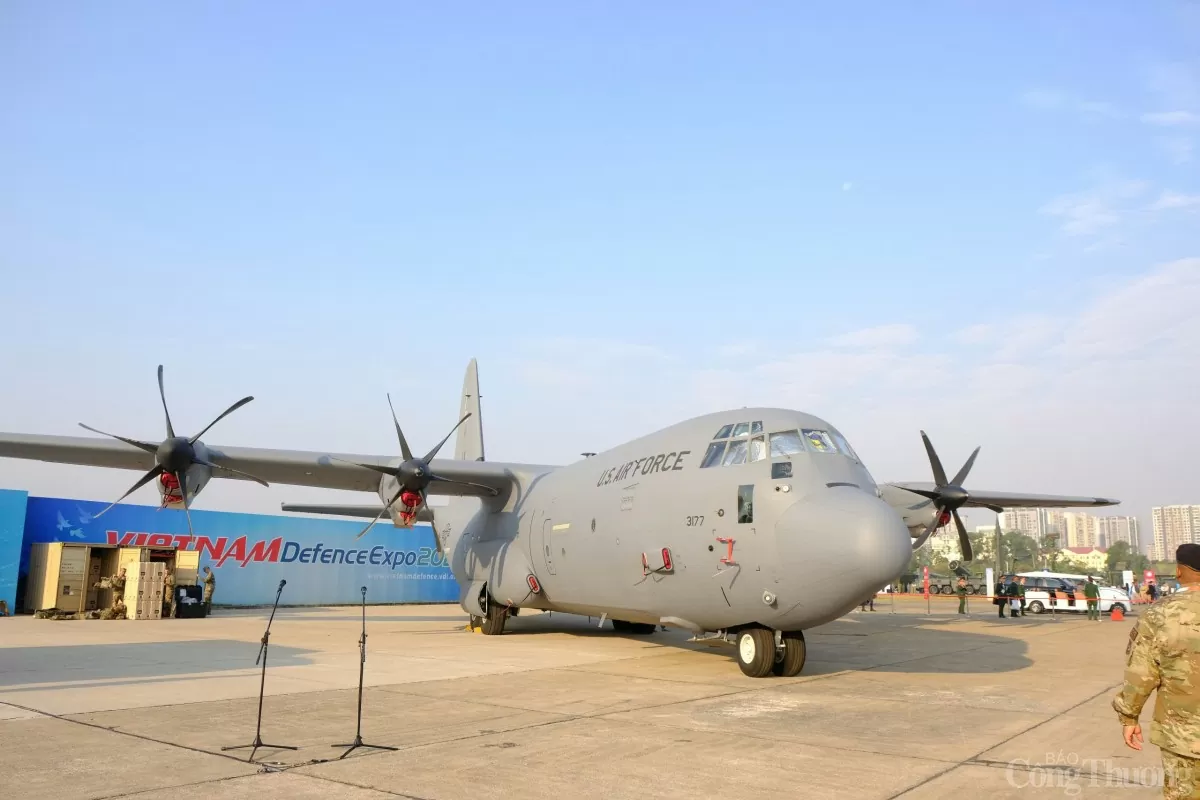 |
| The C-130 Hercules aircraft, developed by Lockheed based on the Fairchild C-123 Provider model, has been in service with the US Air Force since 1956. Photo: The Duy |
The C-130J Super Hercules, which entered service in 1999, is the most modern variant with many significant improvements. The aircraft has an advanced navigation system, a digital cockpit and improved fuel efficiency. With a crew of only 3, the C-130J has a maximum speed of 670 km/h, a range of 3,300 km and a ceiling of 8,500 m when fully loaded. These upgrades help the C-130J maintain an important position in global military operations, meeting the requirements of the modern battlefield.
The C-130J is not only a symbol of air power, but also a testament to the US military's ability to adapt and continuously improve in the face of challenges over the decades.
M777 Howitzer
The M777 howitzer, a prominent British 155mm towed artillery piece, has been widely used by military forces from Australia, Canada, India, Saudi Arabia, Ukraine to the United States. First seen in combat in the Afghanistan War, the M777 quickly proved its superiority, becoming the first choice in many military campaigns.
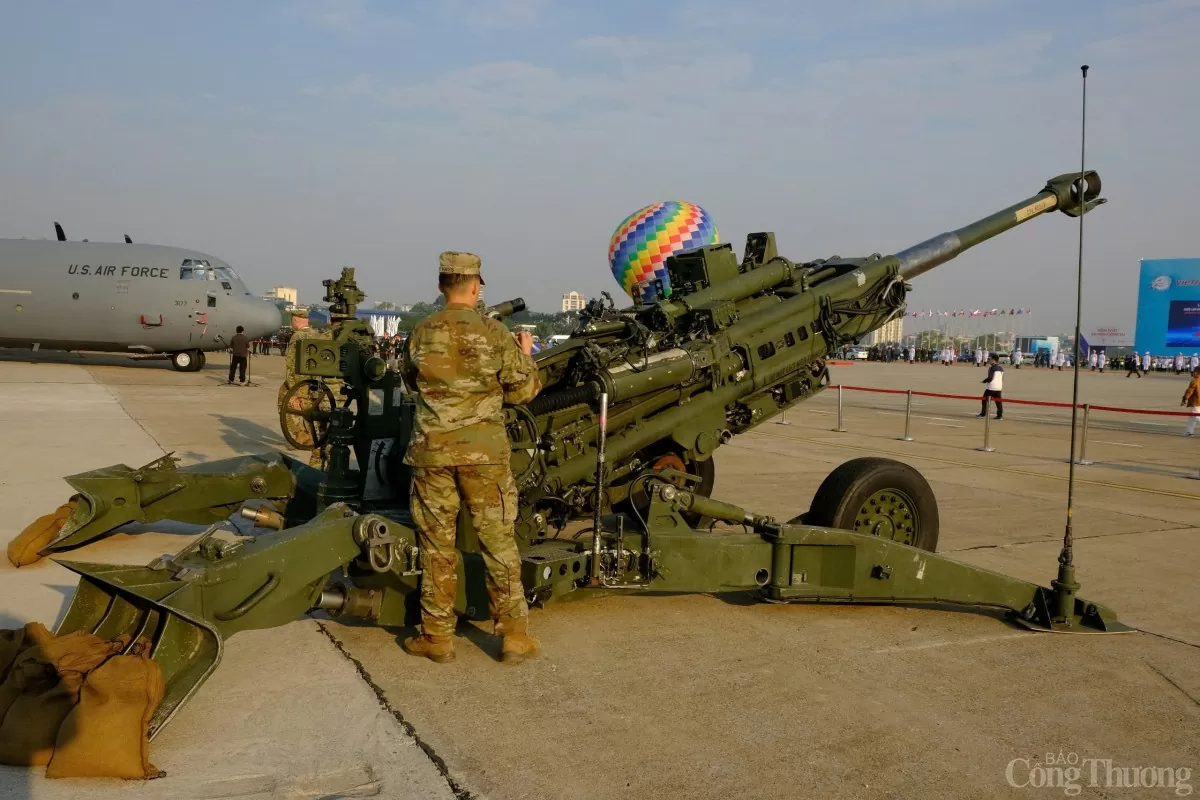 |
| The M777 howitzer, a prominent British 155mm towed artillery piece, has been widely used by military forces from Australia, Canada, India, Saudi Arabia, Ukraine to the United States. Photo: Thế Duy |
The M777 was developed in 1987 as the "Ultra Light Field Howitzer" (UFH) by Vickers, UK, and was later taken over by BAE Systems. To meet practical requirements, BAE "Americanized" the production process, with 70% of the components now made in the US, including the M776 gun barrel manufactured at Watervliet Arsenal, New York. Thanks to the use of titanium alloy, the M777 weighs only 4.2 tons, significantly lighter than the previous M198 artillery line, providing flexible transport capabilities by helicopters, transport aircraft such as the C-130 Hercules, C-5 Galaxy or other tactical vehicles.
The M777’s design allows for a minimum crew of five, down from nine on previous models. However, in an emergency, only three people can fire the gun. The improved M777A1 and M777A2 versions are also equipped with a modern digital fire control system, which improves accuracy, navigation, and self-positioning. This feature makes the gun ready for action immediately after deployment.
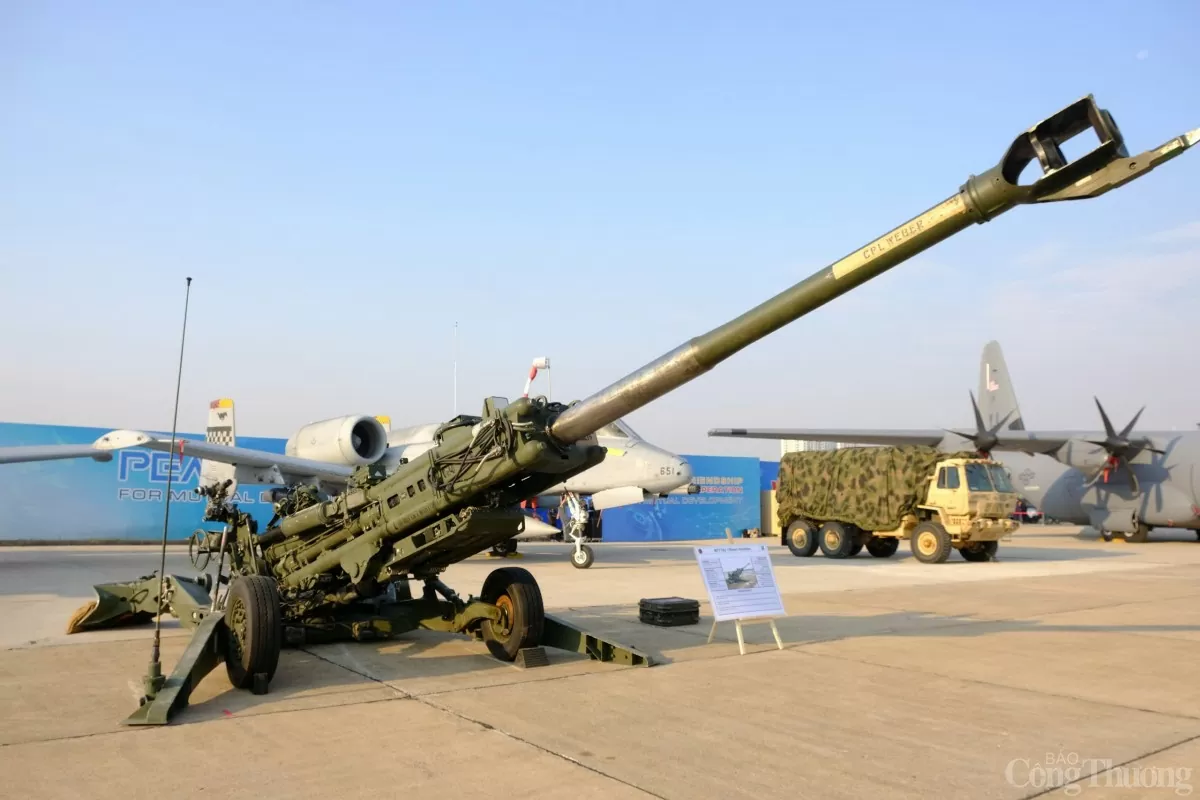 |
| First appearing in combat in the Afghanistan war, the M777 quickly proved its superior effectiveness, becoming the first choice in many military campaigns. Photo: The Duy |
In particular, the M777A2 version is capable of using GPS-guided M982 Excalibur bullets, allowing for accurate attacks on targets at distances of up to 40 km, nearly double the normal range. In tests at the Yuma Proving Ground, 13 out of 14 Excalibur bullets fired from a distance of 24 km all achieved deviations of only 10 m from the target, demonstrating superior accuracy.
With its superior performance, compact design and advanced technology integration, the M777 is not only a major step forward in artillery technology but also plays an important role in modern military strategies around the world.
Stryker combat vehicle
The Stryker Combat Vehicle is one of the primary combat vehicles of the United States Army, designed to support the Stryker Brigade Combat Team (SBCT) in strategic and operational missions. With its eight-wheeled armored structure, the Stryker offers a combination of mobility, powerful firepower, and superior protection, providing increased combat versatility across a wide range of terrain, from urban to open plains. Officially designated in 2002, the Stryker is a symbol of the modern military transformation of the United States, meeting the demands of rapid global deployment.
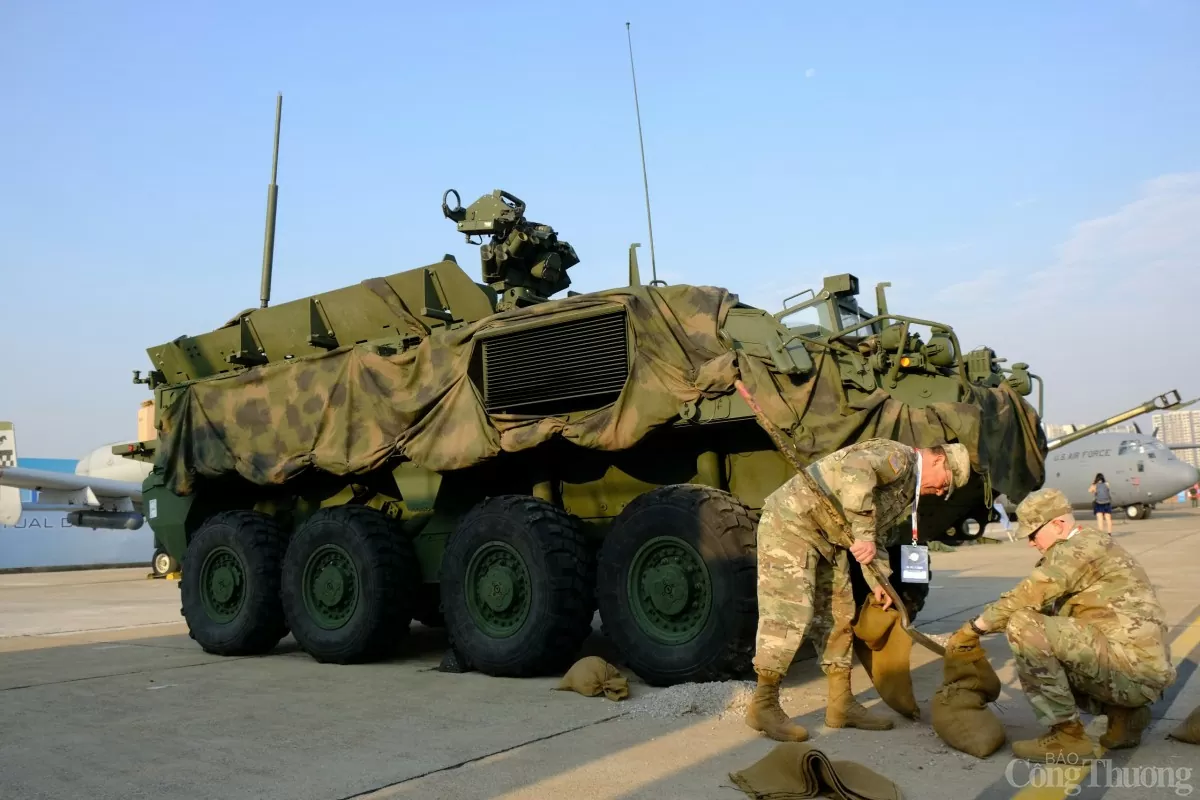 |
| The Stryker combat vehicle is one of the main combat vehicles of the US Army, designed to support the Stryker Brigade Combat Team (SBCT) in strategic and operational missions. Photo: The Duy |
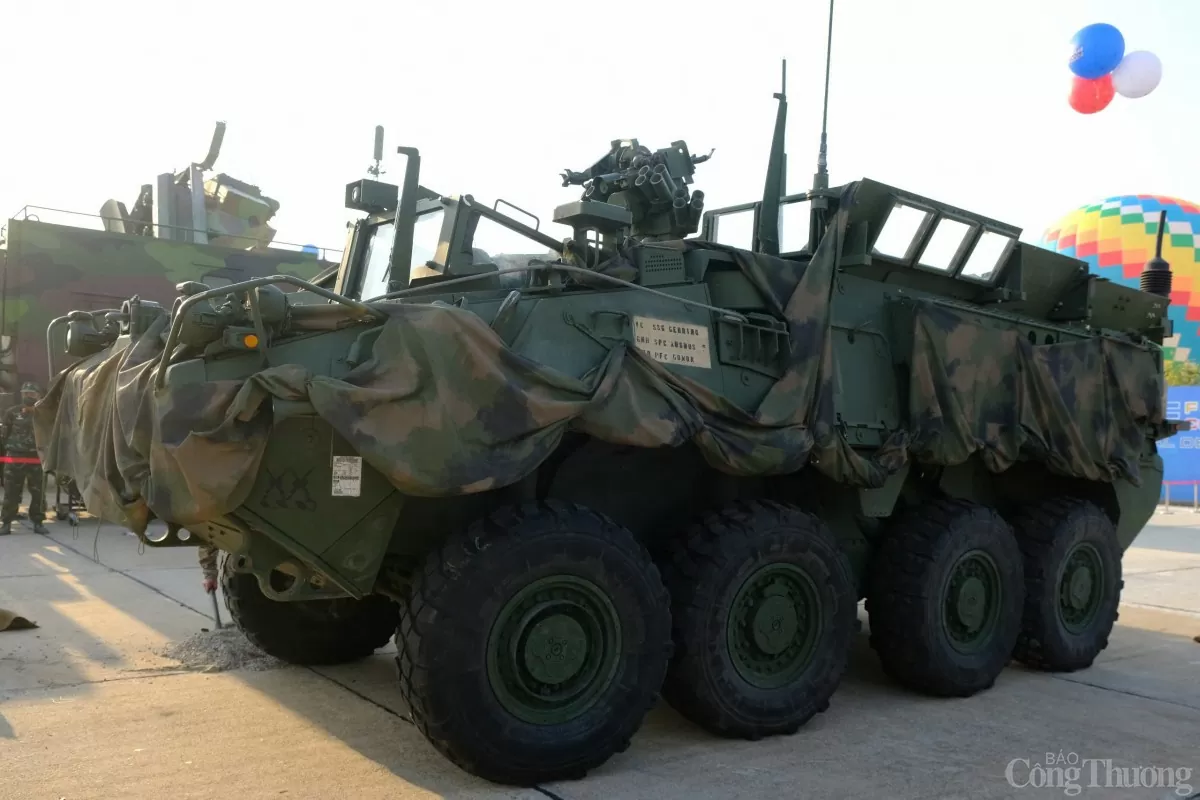 |
| The Stryker combat vehicle is one of the main combat vehicles of the US Army, designed to support the Stryker Brigade Combat Team (SBCT) in strategic and operational missions. - Photo: The Duy |
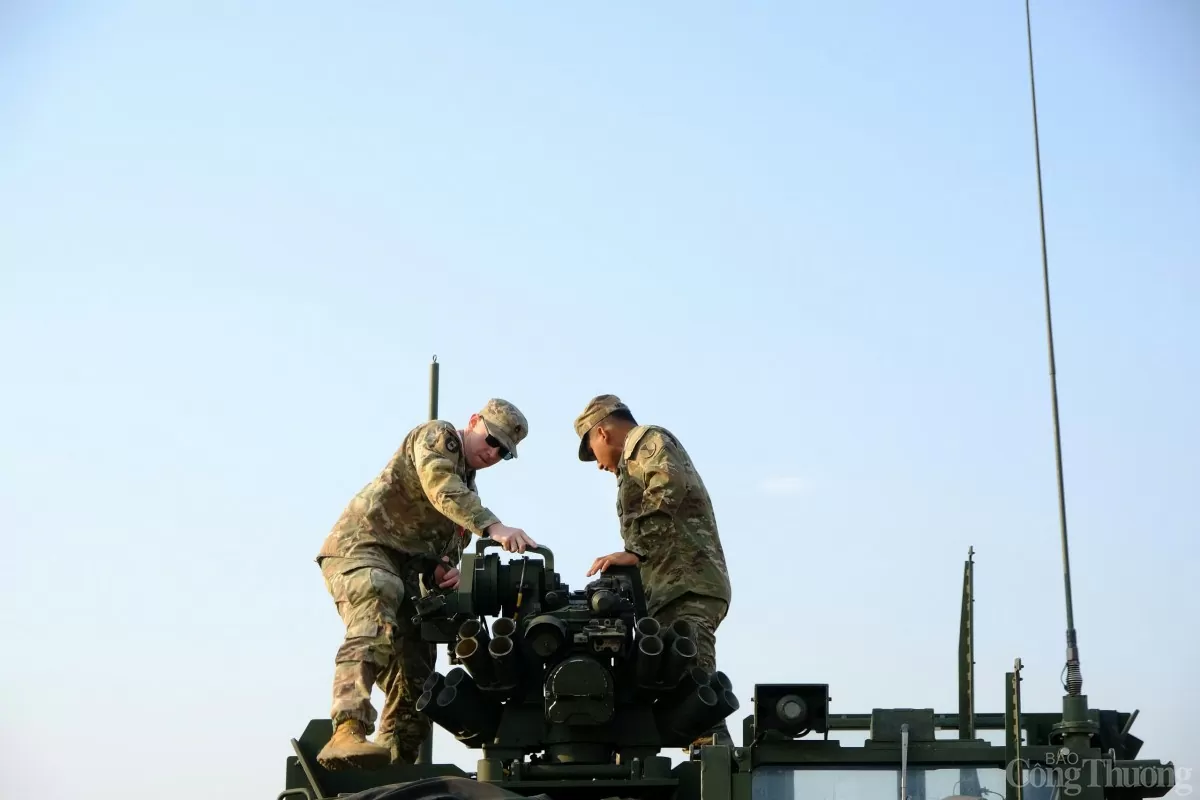 |
| Two US soldiers install machine guns on Stryker combat vehicle - Photo: The Duy |
The 19-ton Stryker comes in two main variants: the Infantry Carrier Vehicle (ICV) and the Mobile Gun System (MGS). The ICV also comes in eight other sub-configurations, ranging from command and fire support vehicles to medical evacuation vehicles and anti-tank vehicles. With a top speed of over 60 mph and a range exceeding 300 miles on just 53 gallons of fuel, the Stryker not only delivers high performance but also significantly reduces logistics costs by sharing its engine with the Family of Medium Tactical Vehicles (FMTV).
The Stryker features C-130 airlift capability, comprehensive armor protection against 14.5mm and 152mm rounds, and the ability to upgrade to protect against rocket-propelled grenades (RPGs). A central tire inflation system and heavy armor protection allow the vehicle to operate effectively on any terrain. The vehicle is also equipped with a remote weapon station with an M2 .50 caliber machine gun or MK-19 grenade launcher, supporting a maximum infantry squad of nine and a crew of two.
Stryker is not only a combat vehicle but also a modern technology integration center with an internet-connected C4ISR system, improving command, control and communication capabilities. In particular, the vehicle is designed to support distributed and high-speed combat missions, providing bunker-busting and off-road capabilities, meeting the requirements of modern campaigns. These features make Stryker a comprehensive combat platform, helping the US Army maintain superiority on the battlefield.
Source: https://congthuong.vn/my-dem-gi-den-trien-lam-quoc-phong-quoc-te-viet-nam-2024-365081.html









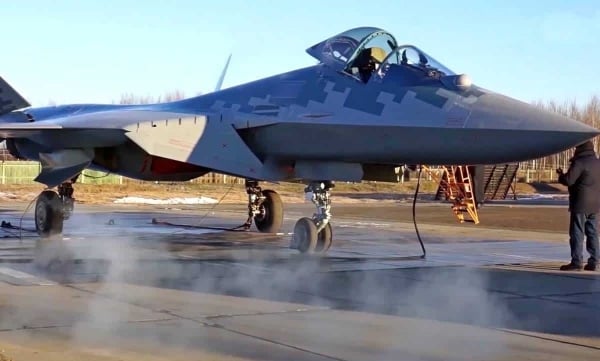
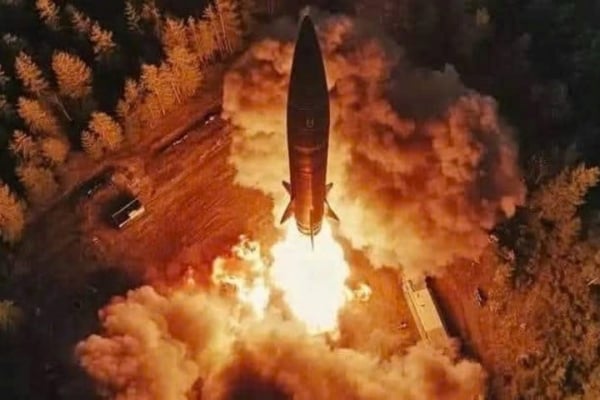






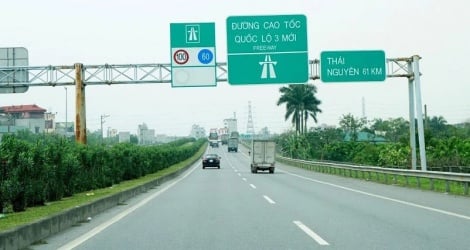
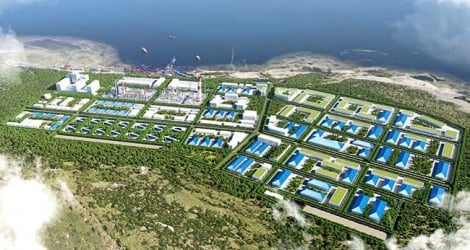

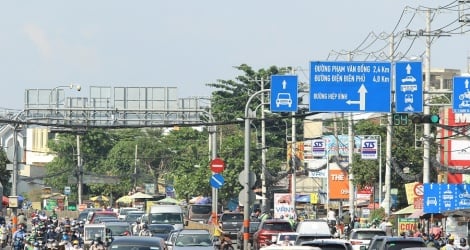



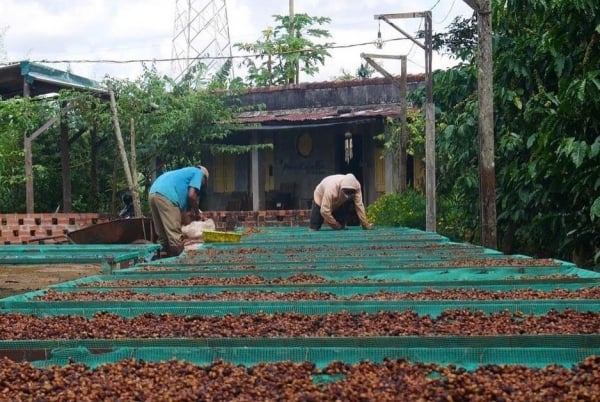














Comment (0)